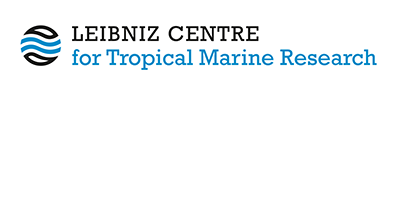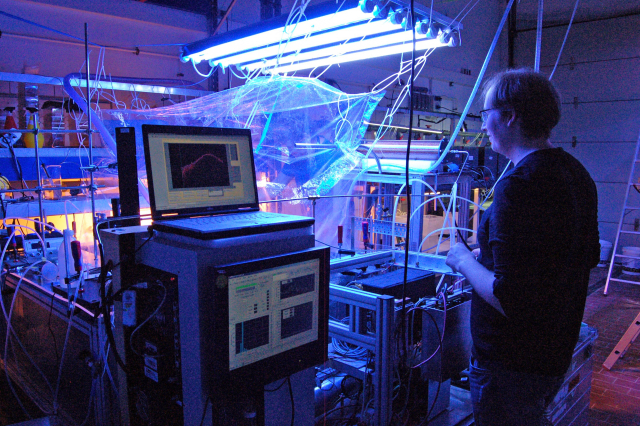21/12/2022 | MarParCloud, a joint project coordinated by the Leibniz Institute for Tropospheric Research (TROPOS) with participation of the ZMT, compares in a new study concentrations of transparent exopolymer particles (TEPs) in the ocean and in the atmosphere for the first time.
Gel-like particles can be transferred from the ocean into the atmosphere. In addition, they can also be formed by biological processes in the atmosphere. This is what an international research team concludes from investigations in the Atlantic and laboratory experiments on so-called transparent exopolymer particles (TEPs). These particles occur worldwide in the water of the ocean and were recently also found in the air of the atmosphere. Their role in cloud formation and thus their importance for the global climate is still largely unknown.
A new study has therefore for the first time compared TEP concentrations in ocean water, cloud water and particles in the atmosphere. Since these gel-like particles have good properties to form ice nuclei, their role in the formation of clouds over the ocean should be studied in more detail, according to researchers from the Leibniz Institute for Tropospheric Research (TROPOS), the University of Oldenburg, the Leibniz Centre for Tropical Marine Research (ZMT) and the GEOMAR Helmholtz Centre for Ocean Research in the journal Atmospheric Chemistry and Physics (ACP).
Further information on the study in a press release of the Leibniz Institute for Tropospheric Research (TROPOS):
https://www.tropos.de/en/current-issues/press-releases/details/welche-rolle-spielen-gel-partikel-bei-der-bildung-von-wolken
Information on the MarParCloud project on the ZMT website:
https://www.leibniz-zmt.de/en/research/research-projects/marparcloud.html





